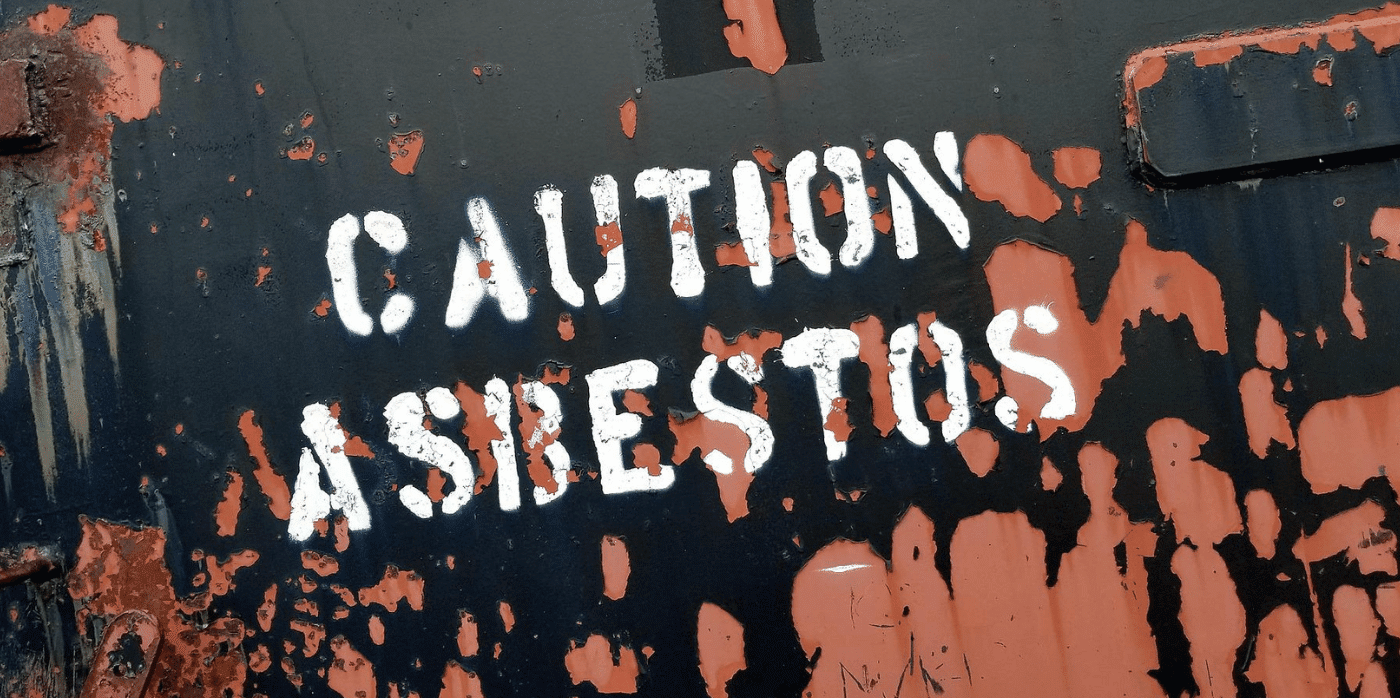Spotted: Between 1991 and 2005 the European Union banned the use of all six types of asbestos in a series of directives. Today, we know that this building material, which was commonly used for flooring, roofing, and insulation, is deadly. In fact, the World Health Organization has estimated that asbestos causes 107,000 deaths worldwide each year due to lung cancer, pleural cancer, and asbestosis.
One of the key challenges facing those working to remove the material is identifying where it has been used. In particular, the most common way of finding rooftops made of asbestos remains visual identification by a human expert – a method that is inefficient and costly given the scale of the problem. In response, researchers at the Universitat Oberta de Catalunya (UOC) have partnered with startup DetectA to develop an AI-powered system that can automatically detect asbestos rooftops using publicly available aerial images.
The project takes advantage of UOC’s depth of expertise in image analysis, computer vision, and machine learning. Researchers fed an algorithm a series of aerial images of rooftops – some with asbestos, some without. Through machine learning, this algorithm was ‘trained’ to make predictions about visual data it had not previously seen. The algorithm’s ability to identify the tell-tale characteristics of asbestos roofs improves as it is fed more images. In the words of lead researcher Javier Borge Holthoefer, “The more you train it, the better it gets.”
One of the main technical challenges when it comes to using artificial intelligence (AI) for asbestos detection is the vast amount of data that is needed to train the algorithm. This is where the use of public imagery can make a decisive difference. Similar attempts at automated asbestos detection have obtained sophisticated high-resolution aerial imagery at great expense. By contrast, the UOC-DetectA team used free images from the database of the Cartographic Institute of Catalonia. This approach has the potential to significantly reduce the cost of the technology.
The researchers will now conduct further testing using images of municipalities the AI has never seen. The team hopes to obtain proof of concept of the technology by late summer.
Other machine learning and computer vision innovations recently spotted by Springwise include a real-time monitoring network for natural disasters, a startup that provides medical data for testing AI healthcare solutions, and computer vision used for fashion cataloguing.
Written By: Matthew Hempstead
12th July 2022
Email: detectamiant@gmail.com
Website: detectamiant.com

